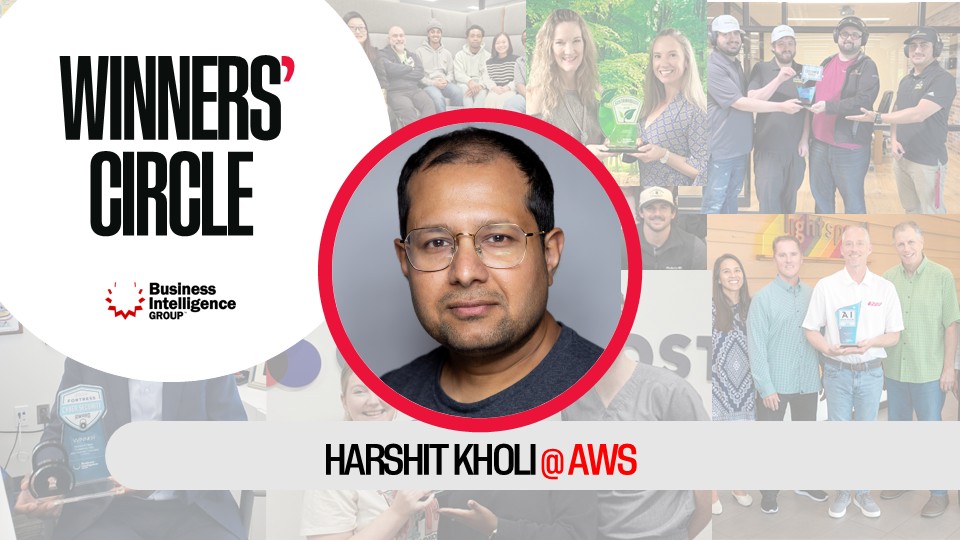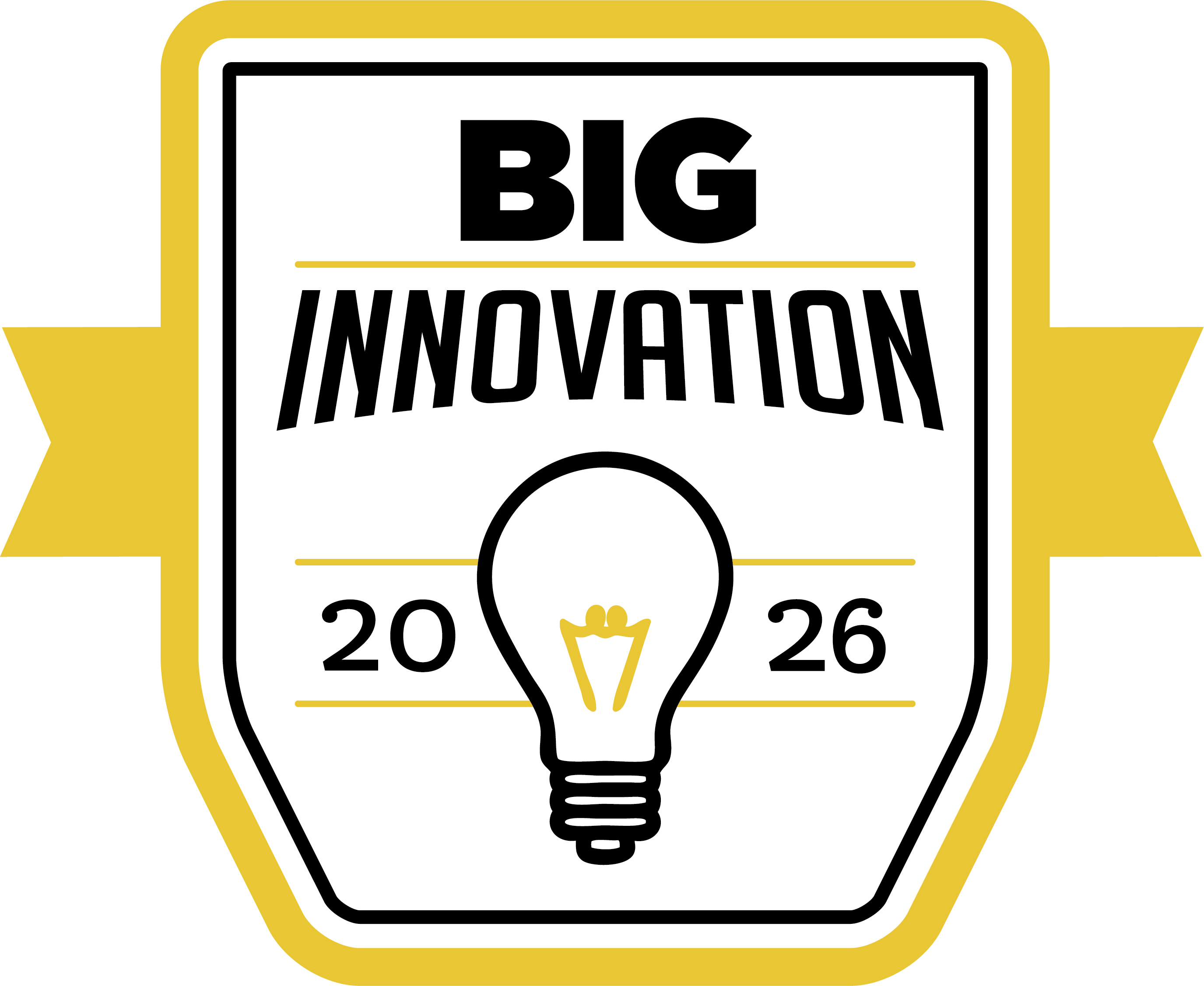


Every once in a while, you meet someone who can explain the messiest parts of technology like they’re talking about their favorite hobby. Harshit Kohli, Senior Technical Account Manager at Amazon Web Services, is one of those rare people. He’s spent more than fifteen years living deep in the gears of big data, distributed systems, and analytics—and now he’s helping companies actually make sense of generative AI in cloud computing instead of just talking about it.
What struck me in our conversation wasn’t just how much he knows about infrastructure, but how much he cares about helping people see what’s possible. Harshit has worked through the entire evolution: from Hadoop clusters to the era of large language models, from patching code bugs to optimizing streaming pipelines that move terabytes of data a day. When he says “data is the core,” you believe him.
The Truth About Data: No Magic Wand, Just Better Inputs
Harshit made something clear right out of the gate: AI isn’t magic. It’s just math—good math that depends on even better data. “Generative AI can’t fix broken inputs,” he said. “If your audio is noisy or your video is blurry, it won’t suddenly repair it for you. It can only work with what you give it.”
It’s a surprisingly simple truth that many leaders miss. Generative AI can surface insights in seconds, but the insights are only as reliable as the quality and structure of the data underneath. Harshit compared it to farming—you don’t blame the weather if the soil was bad to begin with.
That’s why he believes the next wave of AI progress won’t come from flashier models but from smarter, cleaner data strategies. “Data is the foundation,” he said. “If you don’t trust it, nothing else you build will matter.”
AI as a Partner, Not a Replacement
Another point Harshit drove home is that AI should support human work, not replace it. “These tools make your job easier—they don’t do your job,” he said. “You still need the human layer of judgment and verification.”
He sees this misunderstanding often. Some organizations fear AI will take over, while others expect it to run on autopilot. Both are wrong. The real opportunity sits in the middle—in what Harshit calls “facilitation.” That means using tools like Amazon Q or Bedrock to draft, summarize, or optimize while keeping humans accountable for the final call.
When we discussed trust, he was blunt. “Companies aren’t ready to hand over full control. Privacy, compliance, and data governance still matter too much.” That’s especially true in industries like finance and healthcare, where private large language models (LLMs) are already becoming the preferred option.
From Cloud to Confidence
Harshit has seen cloud adoption shift from cautious experiments to full-on enterprise commitment. Yet he says many companies still underestimate how much they can do once their systems are in the cloud. “AI and cloud computing are merging,” he said. “You’re not just storing data—you’re activating it.”
He described customers who now use generative AI to automatically design architecture diagrams, predict sales growth, and even troubleshoot production issues in real time. “It’s not about replacing engineers,” he said. “It’s about giving them better eyes and faster reflexes.”
In our conversation, he outlined a simple path for companies ready to take the leap:
- Start small. Use AI for code review, documentation, or test automation.
- Apply it to operations. Let models suggest probable root causes during outages.
- Use AI for visualization. Automatically map systems or data flows.
- Educate everyone. The real win is when people stop fearing the tool and start learning how to drive it.
That last point—education—came up again and again. “Don’t let AI be a magic button,” he said. “Understand what it’s doing. Otherwise, it becomes the master instead of the helper.”
The Future Looks Both Smarter and More Human
When asked what keeps him up at night, Harshit didn’t hesitate: “Bias and data privacy.” His honesty here is telling. Even inside AWS, he says, engineers are constantly evaluating how to reduce hallucinations and tighten model controls. “AI will always need a human in the loop,” he said. “That’s the check that keeps us honest.”
Yet his optimism never wavers. He’s already seeing schools and universities adapt their curricula around AI. “My daughter’s only six,” he said with a smile, “and even her school is using apps and AI-based tools. That shift is already happening.”
For Harshit, this new era isn’t about fear—it’s about fluency. “Every job, from sales to support, will use AI differently. You don’t need to become a developer; you just need to learn where it fits in your space.”
That’s probably the best advice any business leader could hear right now.









